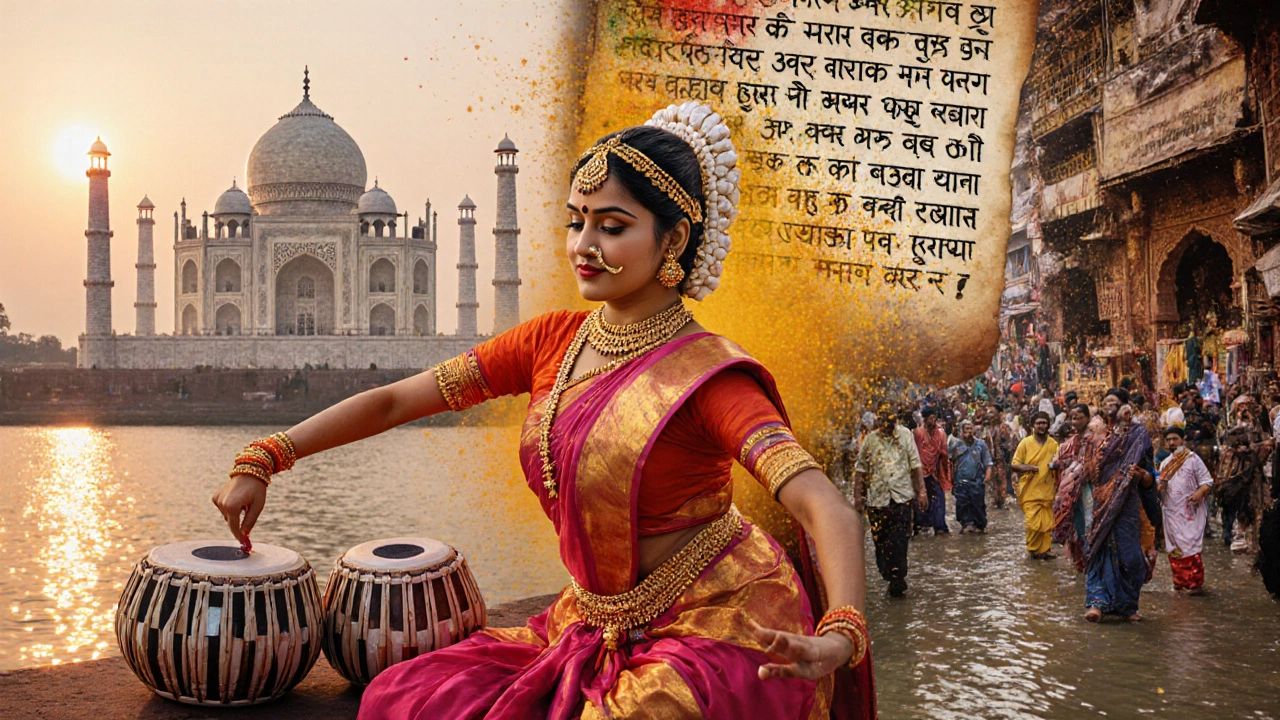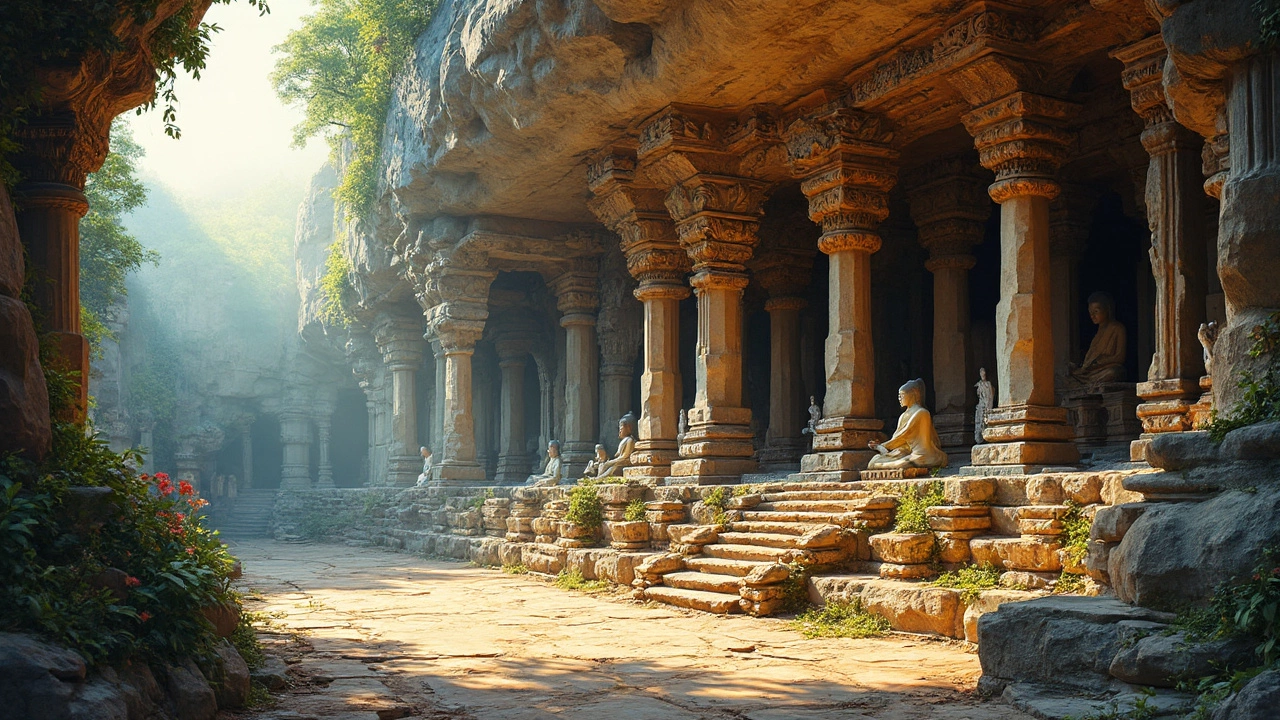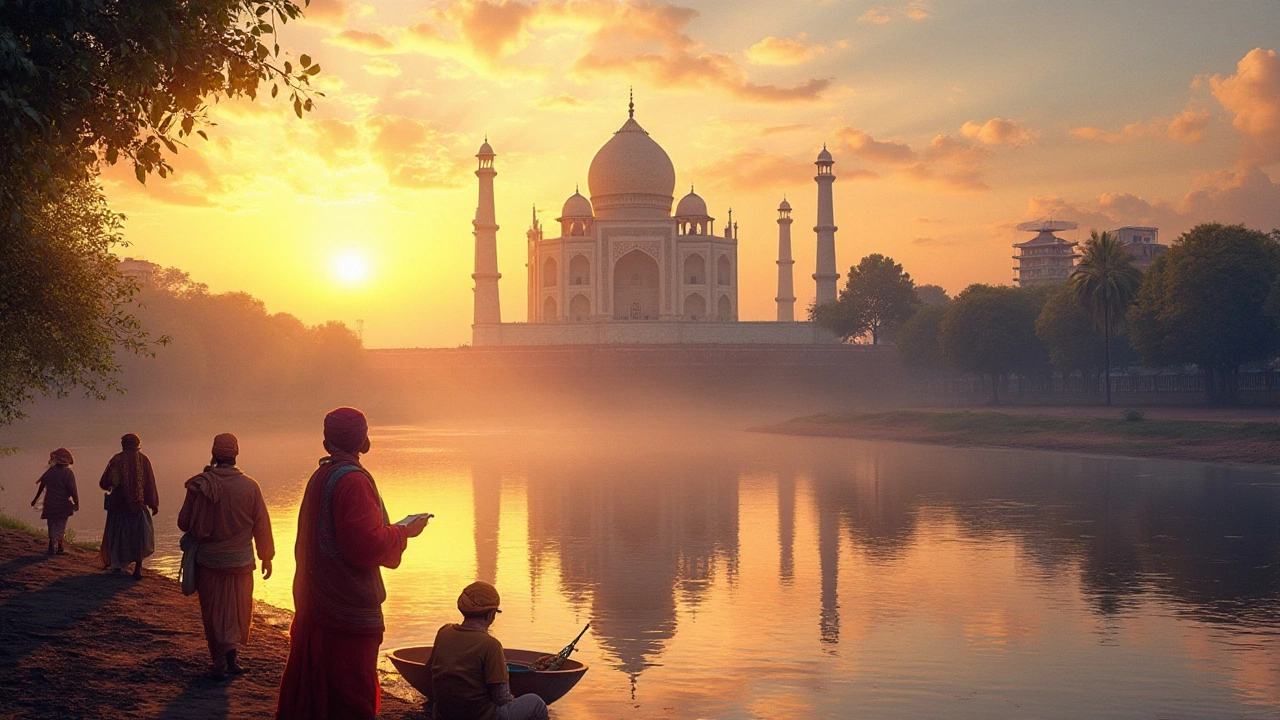
Explore India's cultural heritage, from iconic UNESCO sites like the Taj Mahal to living traditions such as dance, music, and Ayurveda, and learn how to protect them.
When traveling through Indian heritage sites, the officially protected monuments, ruins, and cultural landscapes that showcase India’s long history. Also known as heritage monuments, they draw millions of curious visitors every year.
One major subgroup is UNESCO World Heritage, sites recognized internationally for their outstanding universal value. These include the Taj Mahal, Khajuraho, and the Sun Temple at Konârak. Indian heritage sites encompass UNESCO World Heritage monuments, and they also cover thousands of state‑level listings that rarely make headlines. Understanding this hierarchy helps travelers pick spots that match their interests, whether they crave grand marble wonders or remote hill forts.
Preserving these places requires collaboration between the central government, state agencies, and local communities. For example, Madhya Pradesh, the state with the most heritage sites in India, hosts over 1,500 protected monuments. Its dedication to conservation showcases how a focused regional effort can boost tourism and protect history at the same time. When a state invests in maintenance, visitors enjoy better experiences, and the sites stay intact for future generations.
Heritage tourism thrives on this mix of protection and promotion. Travelers who follow the curated routes—like the Golden Triangle’s heritage trail or the lesser‑known Bundelkhand circuit—get a richer narrative than a random city hop. The relationship between heritage sites, tourism, and local economies creates a cycle: more visitors fund preservation, and better‑maintained sites attract more tourists.
In the list that follows, you’ll find deep‑dive articles on everything from the record‑holding state for heritage sites, safety tips for touring India, to cost‑effective ways to explore UNESCO gems. Each piece adds a layer to the big picture, helping you plan a trip that respects history while satisfying your wanderlust.

Explore India's cultural heritage, from iconic UNESCO sites like the Taj Mahal to living traditions such as dance, music, and Ayurveda, and learn how to protect them.

India, a land rich with culture and history, boasts numerous World Heritage sites. Among its states, Maharashtra tops the list, offering iconic places like the Ajanta and Ellora Caves. This article explores the fascinating blend of artistic, historical, and cultural significance found in these remarkable landmarks. Get tips on visiting and discovering the best of India's World Heritage offerings.

Cultural tourism in India offers a captivating journey through the nation's rich heritage, diverse traditions, and vibrant festivals. Visitors can explore architectural marvels like the Taj Mahal, rediscover ancient practices at local festivals, and engage with local artisans in communities across the country. This article delves into the essence of cultural tourism in India, highlighting key experiences and providing tips for the curious traveler. Whether you're drawn to the intricate craftsmanship in Rajasthan or the spiritual sites along the Ganges, India promises a cultural exploration brimming with discovery.